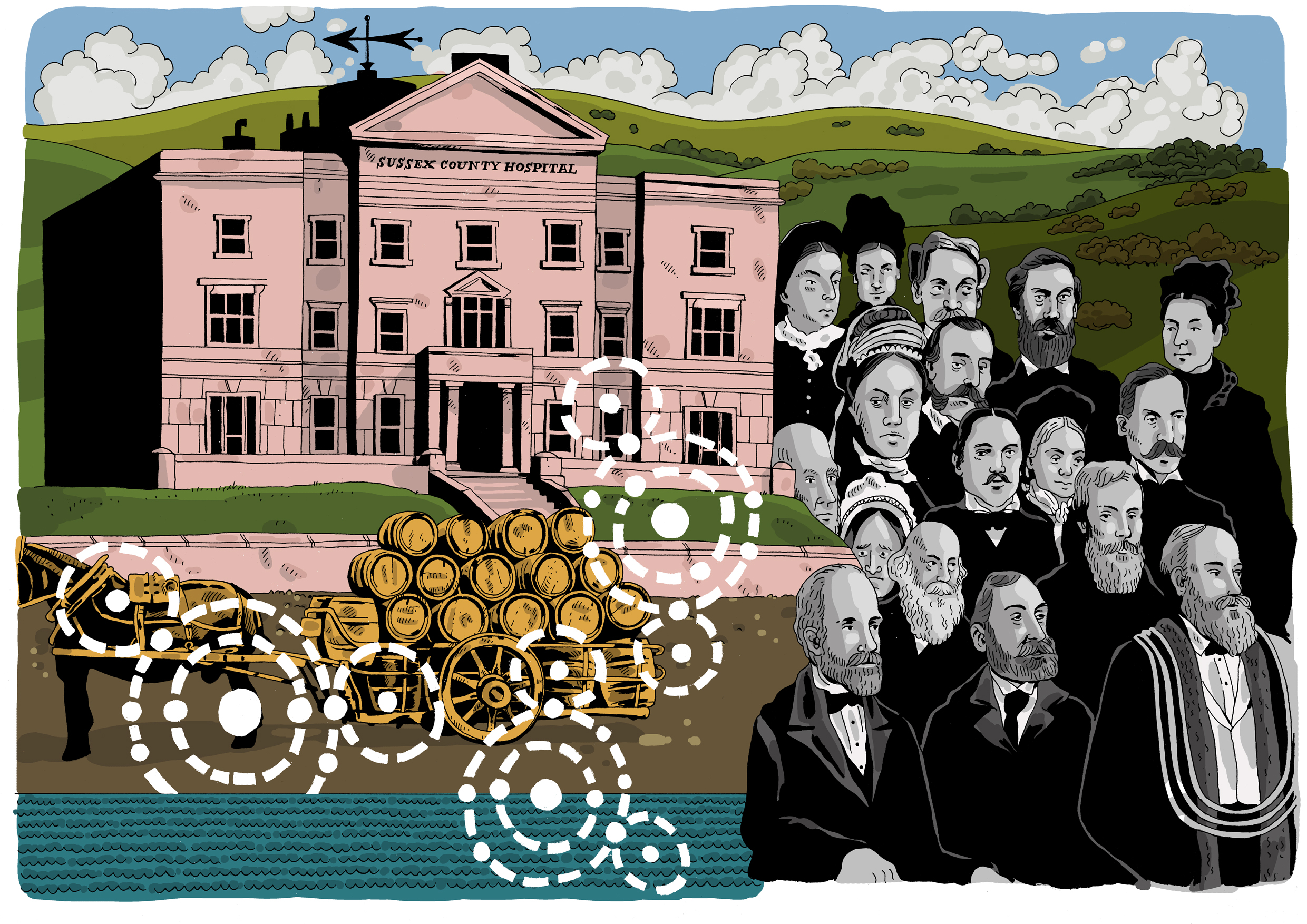Jamie Wyld, director of videoclub & Vital Capacities talks to Daniel Locke about taking part in the residency programme.
Jamie Wyld (JW): Thanks for being part of the Vital Capacities residency programme! Can you say a little about yourself and your work, perhaps in relation to what you’re thinking about doing during the residency?
Daniel Locke (DL): Thanks for inviting me to be a part of the project Jamie! My name is Daniel Locke, I’m a graphic novelist and artist. I’m absolutely fascinated by scientists and scientific discovery, and since 2010 I’ve pursued projects that have brought me into contact with a wide range of researchers, in hugely diverse settings.
I want to use this residency and time it affords me to explore some of the ideas I’ve encountered over the years of working alongside scientists or with scientific ideas.
JW: You’re one of the first four artists to take part in Vital Capacities, how do you feel about being one of the first to take part?
DL: I feel really excited and privileged. The other artists involved in this project are so interesting and talented. It’s been lovely to get to know them during our recent Zoom meetings and I’ve really enjoyed working with them, yourself, the access consultant and web developer all as we’ve offered up ideas about how the digital platform should look.
JW: One of the aims of Vital Capacities is to create an accessible site – how do you think this will be an opportunity to develop your way of working?
DL: I’m really keen to learn more about accessibility online. My general knowledge about all things digital is woefully inadequate to be honest. But inclusivity in culture is something that I’m very interested in and have tried to bear in mind in all the projects I have worked on. My first job in the arts was as a workshop facilitator and screen-printing at the amazing The Arthouse social enterprise. While I was there I worked with adults living with disability and learning difficulties and helped them acquire a variety of art-based skills. Most recently I have worked as artist in residence at HMP Swaleside, where I spent time teaching story-telling and drawing skills to long-term inmates living with mental health issues.
JW: What would you like to achieve through the residency? Is there a particular project you’ll be focusing on?
DL: Much of my practice has been brief based. I often get employed to help communicate a specific set of issues or ideas. This residency is exciting for many different reasons to me, not least because it offers a period of time where I can explore ideas I have encountered during other projects, that perhaps were tangential to the task at hand but non-the-less incredibly interesting. I intend to make a series of new illustrated narratives that will explore the ideas I have collected. The narratives will form the basis of a short animation, at least the beginning of one.
JW: How do you see the next few weeks unfolding? Where would you like it to take you?
DL: I hope that over the course of the next few weeks I will have further opportunities to get to know the other artists involved and to learn from them. I hope to be able to share my ideas and receive feedback and criticism of them. I hope also to produce a new body of work and make a start in developing a short animation.
Go to Daniel’s studio and see what he’s been working.
